Haemanthe multiflore (Haemanthus multiflorus)
Jardin Secrets > Plantes vertes et fleuries > Haemanthe multiflore

En résumé
- Port: érigé
- Hauteur: moyenne (45 cm)
- Exposition: très lumineuse
- Floraison: automne / hiver
- Arrosage: modéré
- Croissance: lente
- Difficulté: moyenne
Recherche globale
Genre: Haemanthus
Espèce: multiflorus
Famille: Amaryllidacées
Origine: Afrique du sud
L'Haemanthe multiflore est une plante bulbeuse au port érigé et au feuillage caduc. D'une croissance lente, elle mesure jusqu'à 45 cm de haut.
La floraison apparaît de l'automne à l'hiver. Elle se compose d'une multitude de petites fleurs rouges réunies en ombelles.
Le saviez-vous ?
Le genre compte 20 à 25 espèces
L'Haemanthe écarlate est une plante qui peut vivre longtemps en intérieur si l'on prend soin de bien respecter son repos végétatif estival au sec.
Son nom vient du grec "haima" qui désigne le sang et de "anthos" la fleur.
Entretien de l'Haemanthe multiflore
L'emplacement doit être très lumineux. Vous pouvez la placer au jardin en plein soleil si les températures extérieures le permettent.
Les températures standard de nos intérieurs lui conviennent très bien toute l'année. Ne l'exposez jamais à une température inférieure à 5°C.
L'arrosage doit être modéré. Laissez sécher le terreau sur plusieurs centimètres entre chaque apport d'eau. Arrêtez tout arrosage durant son repos végétatif estival afin de laisser votre Haemanthe multiflore complètement au sec.
Multiplication de l'Haemanthe multiflore
- Division de bulbilles en automne
Rempotage de l'Haemanthe multiflore
L'Haemanthe multiflore n'aime pas être dérangée. De fait, rempotez-la uniquement si c'est vraiment nécessaire (pot cassé, par exemple). Utilisez un terreau léger sablonneux.


Autres espèces d'Haemanthus présentes sur le site:
- Haemanthus albiflos (Haemanthe à fleurs blanches)
- Haemanthus coccineus (Haemanthe écarlate)
- Haemanthus deformis (Haemanthe deformis)
Boutique en ligne



Galerie






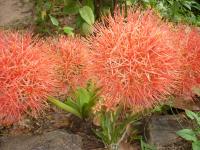









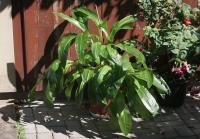





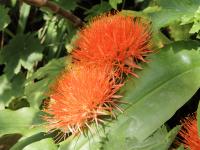



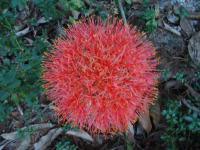









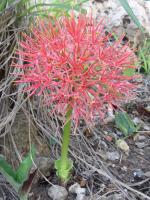

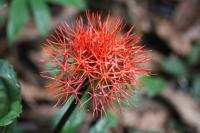



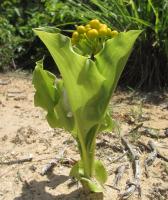


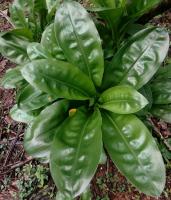

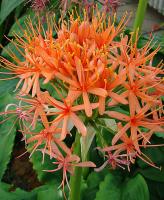




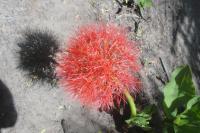

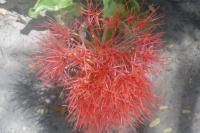
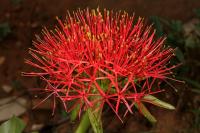

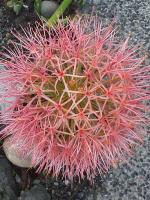




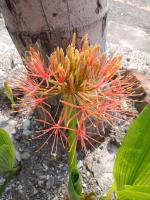
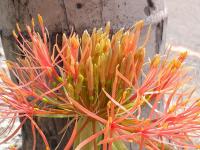







Publié par Claire Geslot sur Jardin Secrets le 25-05-2023
